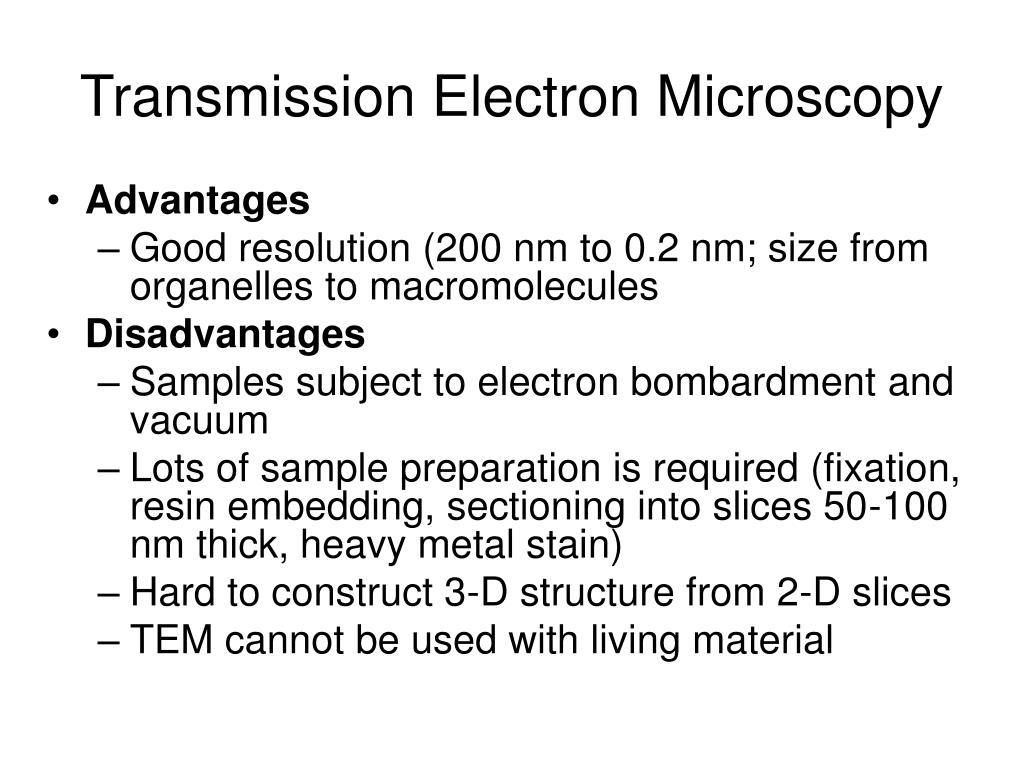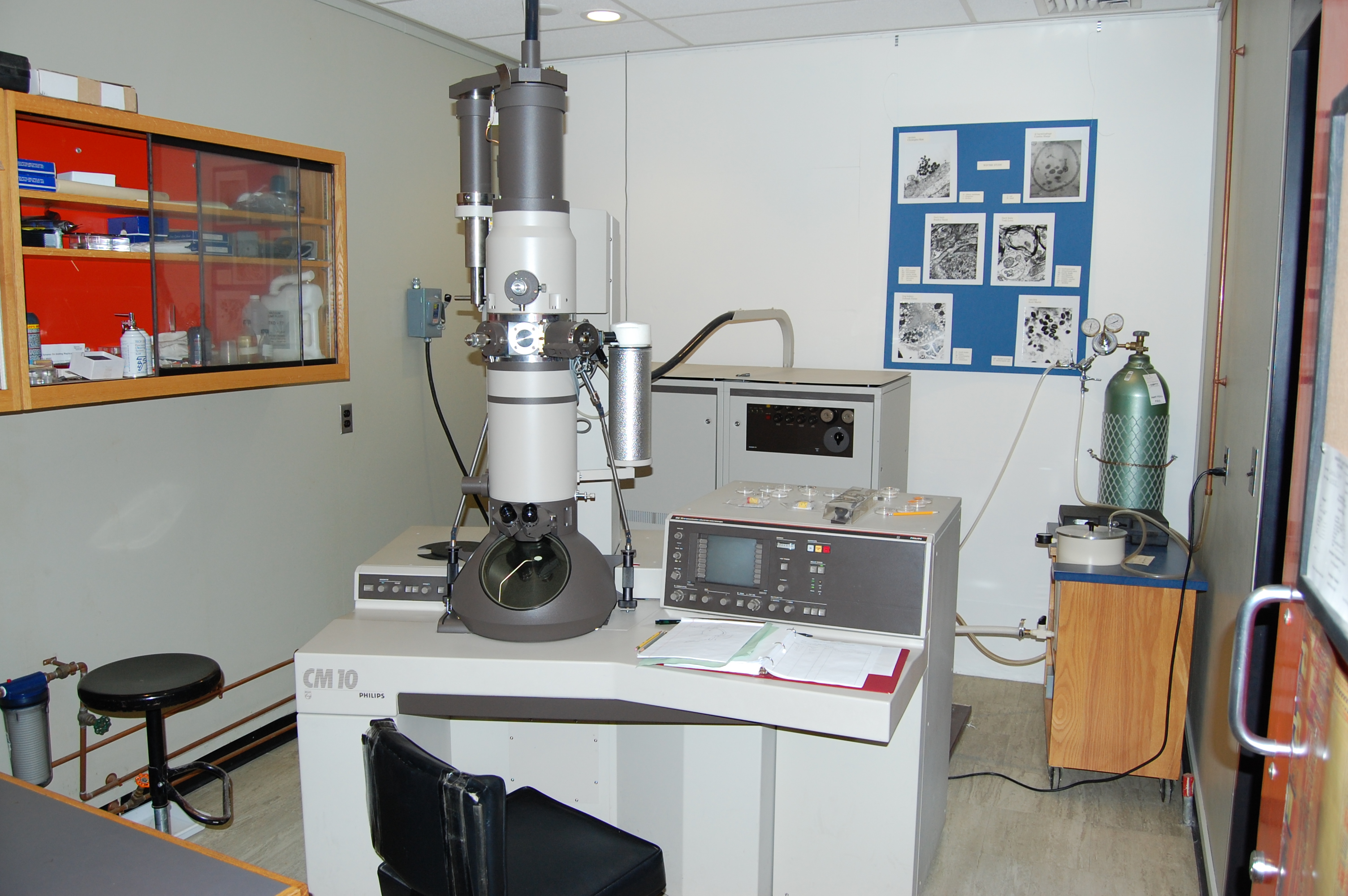

The transmitted electrons get hit on the fluorescent screen which is present at the bottom of the microscope. The electromagnetic lens is used to focus the fine beam of electrons that passes through the ultra-thin specimen.

The TEM works with a high voltage electron beam to create the image, where the electron gun is placed at the top which produces the electron that travels through the vacuum tube. The schematic representation of TEM is shown in Fig-2.įig-2 Schematic representation of TEM
TRANSMISSION ELECTRON MICROSCOPE DISADVANTAGES FULL
This technique is used to obtain the full morphological, crystallographic, atomic structural, microanalytical (chemical composition, bonding), electronic structure, and coordination number from the samples. The two important features of the TEM are its high lateral spatial resolution and its capability to provide both the image and the diffraction of the sample.

TEM is the technique where an electron beam is transmitted through an ultra-thin specimen (100nm) which interacts with the specimen as the electron passes through it. image of the Hi-tech TEM is shown in Fig-1 A transmission electron microscope (TEM) is one of the most powerful microscopes with respect to its magnification and resolution, it is applied in a wide range of applications and can be utilized in a variety of different scientific, educational, and industrial fields. The specifications of the microscopes such as the magnification and resolutions vary from one microscope to another which affects the type of applications it can be used. The microscopic techniques for analyzing and characterizing materials have been developed and researched over the decades.


 0 kommentar(er)
0 kommentar(er)
